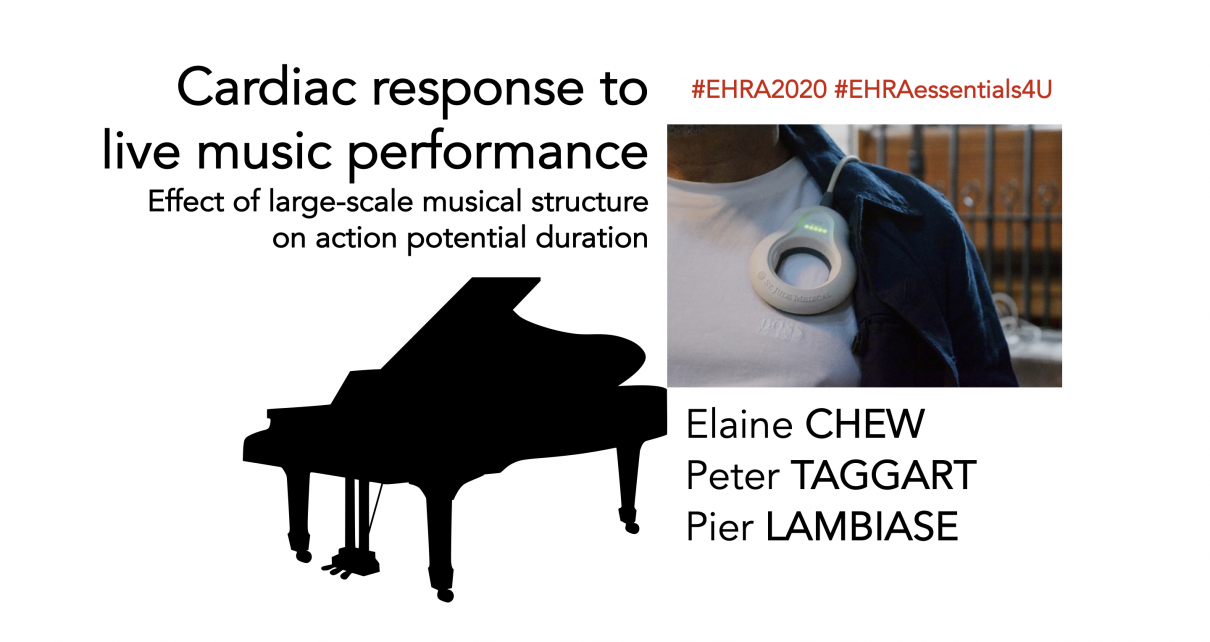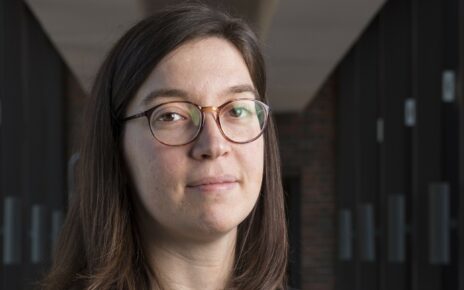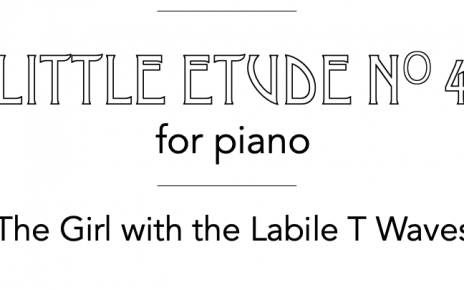Cancelation of EHRA2020: Due to COVID-19 developments, on 9 March 2020, in a letter to registered prospective attendees, the EHRA Executive Board and Congress Chairs announced the cancelation of EHRA 2020 , originally scheduled to take place 29-31 March 2020 in Vienna, Austria, to allow physicians and hospitals to ready themselves to deal with the epidemic. In lieu of in-person presentations, the organizers arranged for presentations to be uploaded and showcased on the EHRA Essentials 4 You portal.
Presentation on EHRA Essentials 4 You: We are pleased to announce that our EHRA 2020 presentation is live today on the EHRA Essentials 4 You portal — in the Publications section, select Topic: Basic Science — narrated in 10 minutes by two of the study leads, Elaine Chew and Pier Lambiase (Professor of Cardiology at UCL / Barts Heart Hospital). EHRA 2020 is the scientific congress of the European Heart Rhythm Association, a branch of the European Society of Cardiology. This is the first time the Cardiac Response to Live Music Performance Study is presented at a medical conference.
Below is the submitted abstract. The presentation itself has more updated information, including a preview of ongoing work with COSMOS team members, Corentin Guichaoua and Daniel Bedoya.
Cardiac response to live music performance: effect of large-scale musical structure on action potential duration
Elaine Chew, Peter Taggart, Pier Lambiase
36.3.4 – Basic Science – Cardiac Diseases: Arrhythmias
Background: Strong emotions can trigger cardiac arrhythmias, but the heart-brain mechanism by which they do so is not well understood. Music induces strong emotions, precipitated by musical changes and intensified during live performance; it thus serves as a powerful tool through which to investigate heart-brain interaction. However, existing studies use short, artificial or pre-recorded music excerpts, out of context and classified into singular, simple emotion classes over which aggregate response are reported, ignoring the range of responses possible for the same music stimulus. None has considered electrical response to music as measured from the heart muscles.
Purpose: To evaluate the impact on action potential duration due to musical changes at large-scale structural boundaries in live music performance.
Methods: Patients implanted with biventricular pacemakers/ICDs are invited to a live classical piano concert. Prior to the concert, the patients’ pacemakers are programmed from CRT to dual chamber pacing at 80 bpm or ten above their intrinsic heart rate. Following a ten-minute adjustment period, they listen to three pieces lasting 15 minutes; this was subsequently expanded to five lasting 30 minutes. Continuous recordings of the intracardiac electrogram (EGM) signals are downloaded from the ICD lead connected to the left ventricle whilst the patients listen to the music. The pacemakers are returned to their original settings after the concert. The patients further provide annotations for perceived change boundaries and tension, as well as information on their music training/experience. We approximate the action potential duration (APD) using the action recovery interval (ARI) extracted from the EGM signal, and compare the ARIs before and after each structural boundary indicated in the music score.
Results: We analyze the ARI data surrounding 24 music structural boundaries. The first results are for the three patients (two male; one female) from the initial study day. We perform a two-sample t-test to assess the population means in ARI values before and after each of the 24 structural boundaries. The figure attached shows the statistically significant changes across structural boundaries for α = 0.05; the bar plots show the sample means and 95% confidence intervals (CI) for the 80 ARIs before and after a boundary, and report the p-values of the t-tests. Patients 1 and 3 each reacted significantly to three out of the 24 boundaries (12.5%), sometimes in opposite directions, and Patient 2 to 15 out of the 24 boundaries (62.5%). The CIs for the significant differences spanned the range (–4.4896,4.8745).
Conclusions: We show that structural boundaries, where music features change or transition, can produce significant changes in APD. A range of significant responses are observed, including contradictory ones, that span a nearly 10ms range, which could play a contributory role to clinical understanding of arrhythmias and emotion responses.




